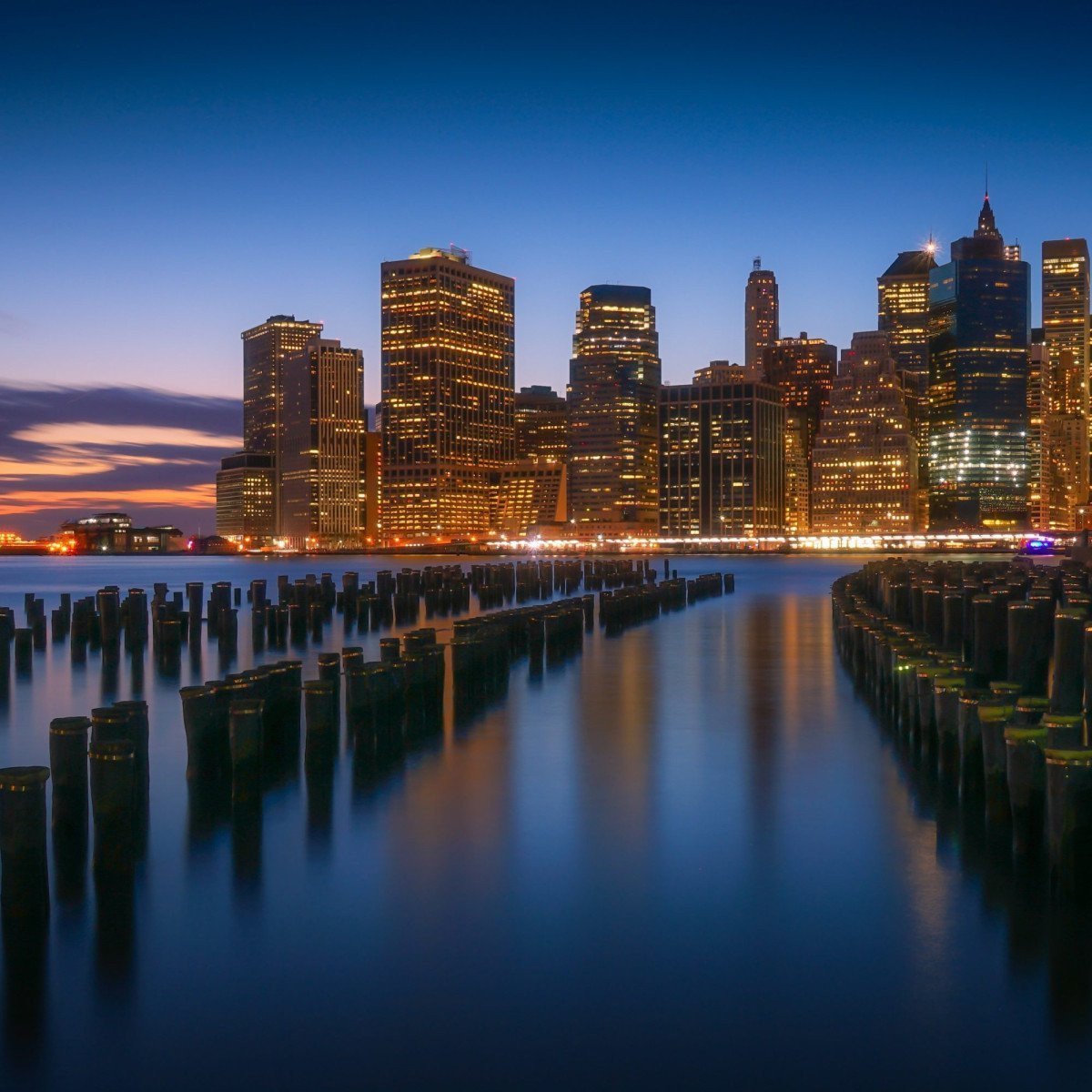Remember that time you were wandering through the city streets at night, consumed by the enchanting atmosphere unique to the after-hours? A mesmerizing cascade of neon signs, starlit skies, and dimly lit landscapes. You pulled out your camera, hoping to encapsulate this beauty. Only to find your efforts thwarted by the challenges synonymous with night photography. Can you relate?
The thing is, night photography, known as the creation of seductive midnight art, accounts for merely 20% of all mass-produced photographic art worldwide. Surprised?
Welcome to the enthralling world of night photography. Here, darkness isn’t our enemy; instead, it serves as our canvas, allowing us to paint different narratives with our camera — stories that daytime simply can’t narrate. Like the time when I was exploring photojournalism and stumbled upon a concert. The dark environment didn’t hinder the overjoyed expressions. In fact, the contrast with vibrant stage lights added depth and mystery to the scene.
Let’s dive deeper into the magic of night photography. You might wonder, why is it that what our eyes perceive as a vibrant spectacle, our cameras interpret it as challenging darkness? You see, our eyes can adjust to different lighting conditions, processing nuances, and details in a way digital sensors cannot. To replicate this perception digitally, we have to understand the fundamental techniques of long exposure, light trails, and high ISO settings.
Think about long exposure as a prolonged blink. Instead of compact flashes, you let your camera soak in all the ambient light over a long period, just like when you left your shutter open long enough to capture that shooting star, remember? This technique allows us to create visually striking art, with light trails painting dreamy patterns across your canvas — like streaks of glowing fireflies zipping through the night sky.
But here comes the tricky part – the noisy companion named ‘High ISO.’ As we increase ISO, to absorb more light, the monster of noise massively comes into the picture, ready to spoil the performance. So, how do we dance with this unruly partner? Well, that’s a tale for another paragraph.
So, let’s gracefully tango with our monstrous partner, ‘High ISO.’ Managing noise becomes a true balancing act. Using noise reduction software is a common method, but sometimes eliminating too much noise might cause your images to lose detail. Since we are artists, we need to learn when to embrace the grain. Settings depend on your scene, your camera, and, most importantly, what story you want to tell. At times, a bit of grain bestows a certain gritty charm, doesn’t it?
In night photography, something as minuscule as adjusting the white balance can make a towering difference. During twilight, playing with your camera’s tungsten or fluorescent setting can transform the sky from a mundane blue to surreal shades of pink and purple. Isn’t it stunning how such little adjustments can dramatically change the mood of a photo?
Everything considered, night photography is a mesmerizing dance with darkness that gifts unique narratives under its cloak. Ready to embrace the night and paint with shadows, awash in the glow of moonlight and cityscapes?


0 Comment